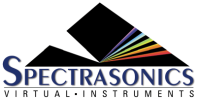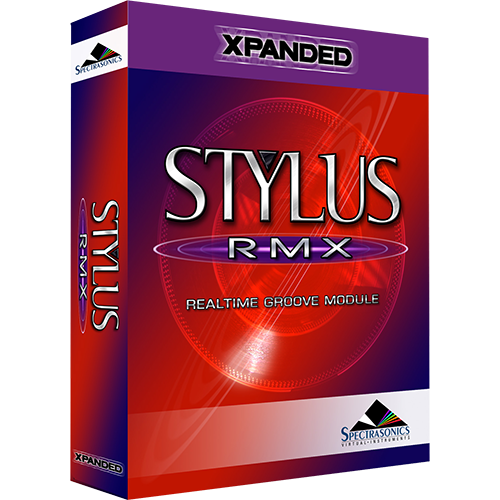Automation and external MIDI Control let you remotely control the parameters of RMX and to record and edit these adjustments in your host. This can be achieved by either of two means: Parameter Automation and MIDI Automation. Deciding which type of Automation to use depends on a number of factors including which host you use, which parameters you want to automate, and what type of physical controller (if any) you wish to use to adjust the parameters.
Each host’s automation handles Parameter Automation differently.
PARAMETER AUTOMATION “PROS”
Parameter Automation has two primary advantages:
• It permits the use of the GUI as a control surface. It’s a simple matter of enabling automation in your host on the RMX Instrument channel strip and then mouse-clicking parameters directly on the RMX interface while the host is playing. As you manipulate the GUI controls, you can record those movements for playback or editing.
• If Parameter Automation is supported by your host and control surface), Stylus RMX is capable of two-way communication. This means your control surface can display the names of the parameters controlled by each knob or fader, and each control will be automatically updated to show the current value of a parameter. For example, knob or motorized fader displays s can show the current values of parameters. This is helpful when opening a song which contains plug-ins controlled by the surface.
PARAMETER AUTOMATION “CONS”
Support for Parameter Automation varies from host to host, but there are always some limitations—especially in the case of RMX due to the large number of parameters it contains.
Most hosts have features for creating and saving control surface configurations, but a few have no support for Parameter Automation at all. Most hosts have a limit on the number of parameters which are available for automation. For example, some only permit the first 128 parameters of a plug-in to be automated. In others, the limit is 1024 parameters. By comparison, RMX has nearly 20,000 parameters.
Other hosts have no such limit on the number of parameters, but that can be a double-edged sword. This means that any parameter can be recorded from the GUI, but,when setting up a control surface, the menu to select a parameter could so many entries in the case of Stylus RMX that it can take up to several minutes to populate the menu. Also, due to the large number of parameters in RMX, relatively few actually have names.
If you’re working in a host that limits the number of automation parameters, remember that the MIDI Learn feature of Stylus RMX can also be used to automate RMX’s parameters as well. The combination of Automation and MIDI Learn gives you powerful, real-time control of virtually all aspects of Stylus RMX.
MIDI LEARN AUTOMATION
While MIDI Automation lacks the ability to use the GUI as a control surface and lacks 2-way communication, you can link controls such as knobs or faders on your MIDI controller to adjust most of the parameters in Stylus RMX and record those movements as MIDI data in your DAW.
MIDI Automation also has two distinct advantages over Parameter Automation:
• Universal Support
While Parameter Automation support varies widely among hosts, most have the ability to record and edit MIDI data.
• Ease of Configuration
The MIDI Learn feature in Stylus RMX makes it simple to attach any MIDI controller (physical or virtual) to almost any RMX parameter.
NOTE: Spectrasonics has included templates for several dedicated MIDI controller devices in this directory as a starting point for your own creativity. Inside the sub-folder for each controller template, you will find documentation and files specific to that controller and how to set it up.



